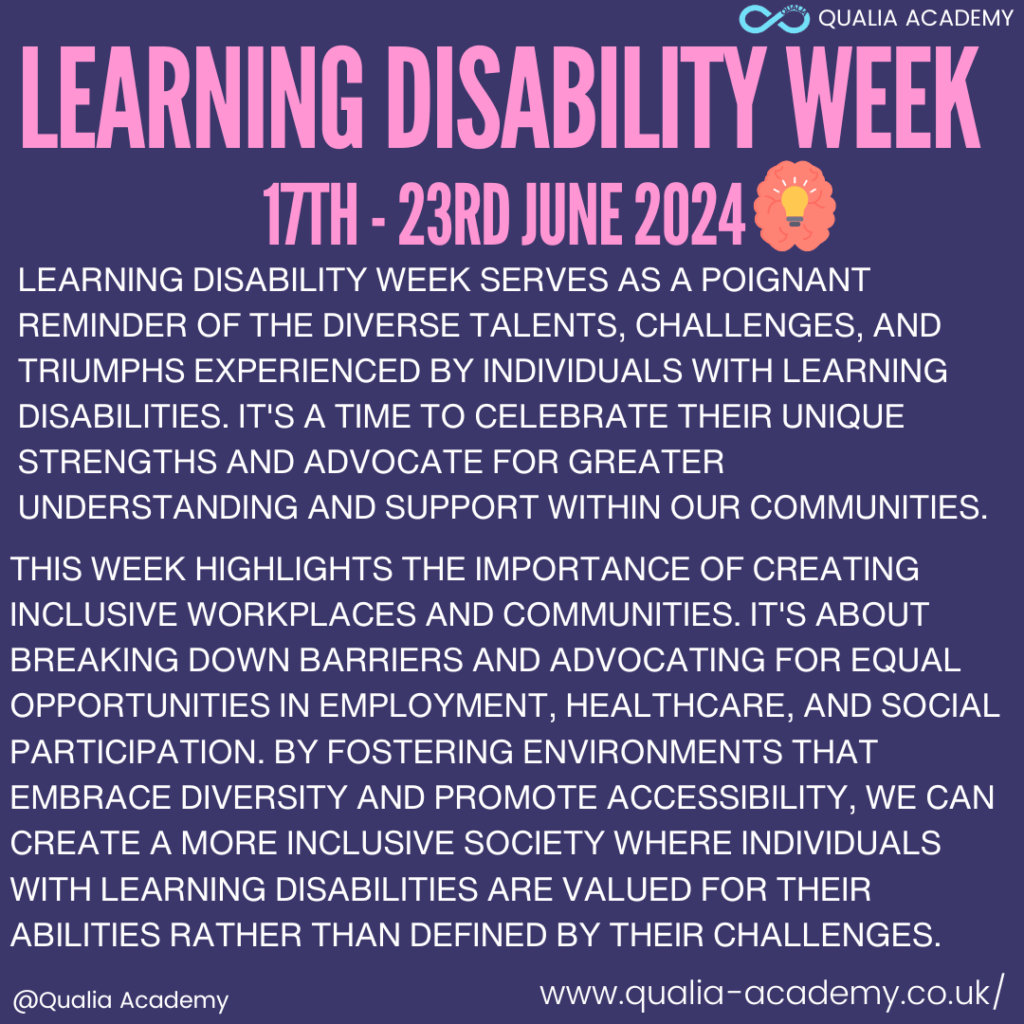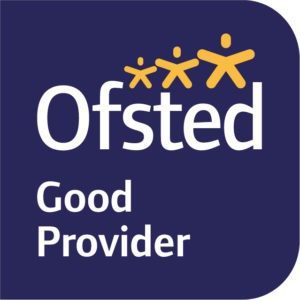What is Learning Disability Week?

Learning Disability Week is an annual event aimed at raising awareness about learning disabilities and celebrating the achievements and contributions of individuals with learning disabilities. The week serves as an opportunity to educate the public, break down stereotypes, and promote inclusion in various spheres of life. Each year, the week is organised around a specific theme that highlights particular aspects of living with a learning disability, from health and wellbeing to employment and community participation.
The significance of Learning Disability Week cannot be overstated. It provides a platform for individuals with learning disabilities to share their stories, advocate for their rights, and challenge the barriers they face daily. This event encourages society to adopt a more inclusive mindset and to take concrete steps towards accommodating and supporting individuals with learning disabilities in meaningful ways.
Different Types of Learning Disabilities
Learning disabilities are neurologically based processing problems that can interfere with learning basic skills such as reading, writing, and math. They can also affect higher-level skills such as organisation, time planning, abstract reasoning, long-term and short-term memory, and attention. It is important to understand that learning disabilities are not indicative of intelligence levels; rather, they involve difficulties with specific types of learning.
Here are some of the most common types of learning disabilities:
Dyslexia
Dyslexia is perhaps the most well-known learning disability. It affects language processing and can make reading, writing, and spelling difficult. Individuals with dyslexia may struggle with phonological processing, which involves the way sounds are understood and manipulated. Symptoms include difficulty with accurate or fluent word recognition and poor spelling abilities.
Dyscalculia
Dyscalculia affects a person’s ability to understand numbers and learn math facts. Individuals with dyscalculia may have trouble with counting, memorising arithmetic facts, and performing accurate and fluent calculations. They might also struggle with understanding the concepts of time and direction.
Dysgraphia
Dysgraphia involves difficulty with writing. This can manifest as problems with spelling, poor handwriting, and trouble putting thoughts on paper. People with dysgraphia often struggle with the motor skills necessary to write legibly and efficiently, and they may find organising written work to be particularly challenging.
Auditory Processing Disorder (APD)
APD affects how the brain processes spoken language. Individuals with APD do not necessarily have hearing problems but may have difficulty distinguishing between similar sounds or understanding speech in noisy environments. This can lead to challenges in following verbal instructions and participating in conversations.
Visual Processing Disorder
This disorder affects the way visual information is interpreted by the brain. People with visual processing disorder might struggle to differentiate between similar-looking letters or shapes, have trouble with reading comprehension, and find it hard to navigate the space around them.
Nonverbal Learning Disabilities
Nonverbal learning disabilities (NVLD) are characterised by strong verbal skills but difficulties with nonverbal cues such as body language, facial expressions, and tone of voice. Individuals with NVLD often have trouble with spatial awareness, motor coordination, and social interactions.
Attention Deficit Hyperactivity Disorder (ADHD)
Although not always classified strictly as a learning disability, ADHD is a condition that can significantly impact learning. It involves challenges with attention, hyperactivity, and impulsiveness. People with ADHD might find it hard to stay focused, follow instructions, and complete tasks.
How Businesses Can Be Inclusive to Individuals with Learning Disabilities
Creating an inclusive workplace is essential not only for the wellbeing of employees with learning disabilities but also for fostering a diverse and innovative business environment. Here are some strategies businesses can adopt to support and include individuals with learning disabilities:
Awareness and Training
The first step towards inclusivity is education. Businesses should provide training for all employees to raise awareness about learning disabilities. This training can include information on the different types of learning disabilities, how they manifest, and the best ways to support colleagues who may have these conditions. Awareness helps create a culture of understanding and empathy, which is crucial for inclusivity.
Flexible Work Arrangements
Offering flexible work arrangements can greatly benefit employees with learning disabilities. This might include flexible hours, remote working options, and the ability to take breaks when needed. Flexibility allows individuals to work in environments and at times that best suit their needs, thereby enhancing productivity and reducing stress.
Assistive Technology
There is a wide range of assistive technologies available that can help individuals with learning disabilities perform their tasks more effectively. For instance, text-to-speech software can assist those with dyslexia, while speech-to-text applications can be useful for those with dysgraphia. Providing access to these technologies and training employees on how to use them can make a significant difference.
Clear Communication
Clear and concise communication is key. Businesses should aim to provide instructions and information in multiple formats, such as written, verbal, and visual, to cater to different learning needs. Additionally, breaking down complex instructions into smaller, manageable steps can help individuals with learning disabilities understand and complete tasks more effectively.
Creating Supportive Environments
A supportive work environment is one where employees feel comfortable discussing their needs and seeking help. Businesses can foster such an environment by promoting open communication and establishing support networks or employee resource groups. Having a designated person or team responsible for addressing the needs of employees with learning disabilities can also be beneficial.
Promoting a Diverse Hiring Process
Inclusivity starts with the hiring process. Businesses should ensure that their recruitment practices are inclusive and accessible to individuals with learning disabilities. This might involve providing alternative ways to submit applications, conducting interviews in a more accessible manner, and being open to different types of qualifications and experiences.
Learning Disability Week is a crucial time for raising awareness about learning disabilities and promoting inclusion in all areas of life, including the workplace. By understanding the different types of learning disabilities and implementing strategies to support individuals who have them, businesses can create environments where everyone has the opportunity to thrive.









